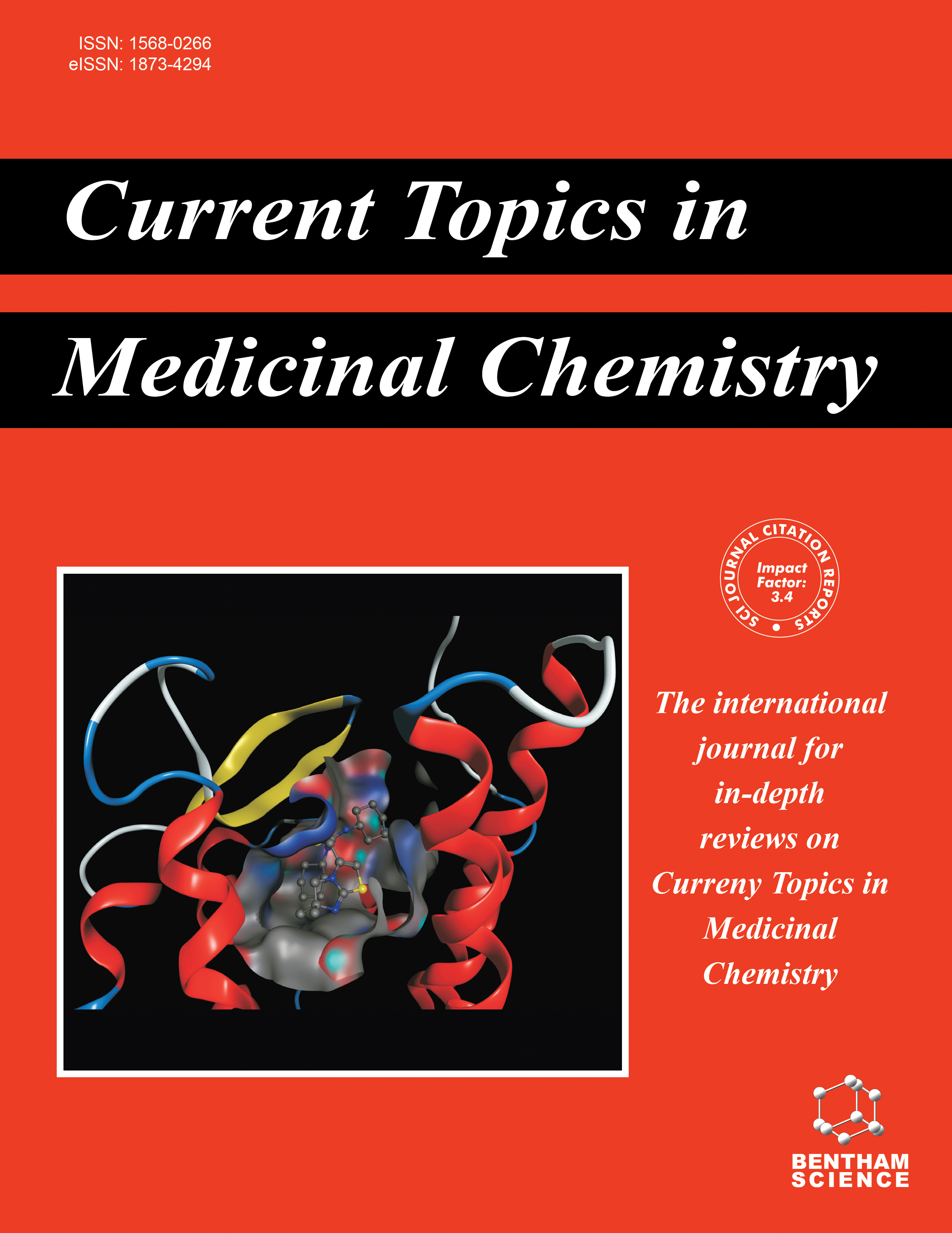
Full text loading...
During and after the COVID-19 pandemic, Tuberculosis (TB) has reestablished with higher figures due to interruptions in the Directly Observed Treatment Short course (DOTS) despite underreporting. The rising consequences would have extended to extra-pulmonary forms of TB as well, including Tuberculous Meningitis (TBM). Considering the fact that TBM is the most dangerous and worst form of TB, we found the need to scan the literature to highlight various aspects of TBM. Epidemiology of TBM is proportionally less frightening, but the consequent mortalities and morbidities are more alarming than pulmonary TB. Here, we address critical research gaps in Tuberculous Meningitis that warrant further investigations. The highlighted aspects encompass a comprehensive understanding of TBM's clinical presentation and improved diagnostic tools for timely detection, the exploration of innovative chemotherapies and surgical interventions, the unraveling of the role of the blood-brain barrier in disease onset, investigating of the contributions of various brain cells to TBM development, deciphering the complex inflammatory response, exploring the involvement of Matrix Metalloproteinases in tissue damage, delving into host-pathogen genetics influencing susceptibility, utilizing robust in-vivo and in-vitro models for mechanistic insights, and more importantly between TBM and SARS-COVID-19 are discussed. Addressing these gaps will substantially advance our understanding of TBM's complex pathogenesis, contributing to more effective diagnostic, therapeutic, and preventive strategies against this debilitating disease.

Article metrics loading...

Full text loading...
References


Data & Media loading...

